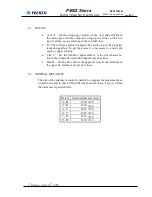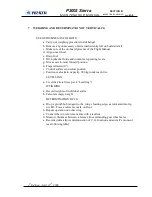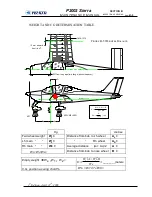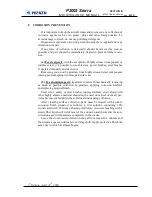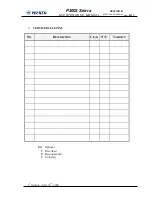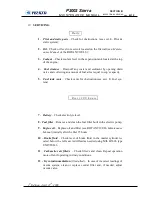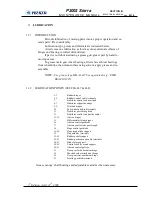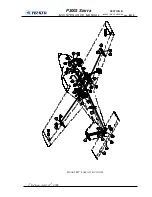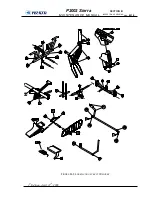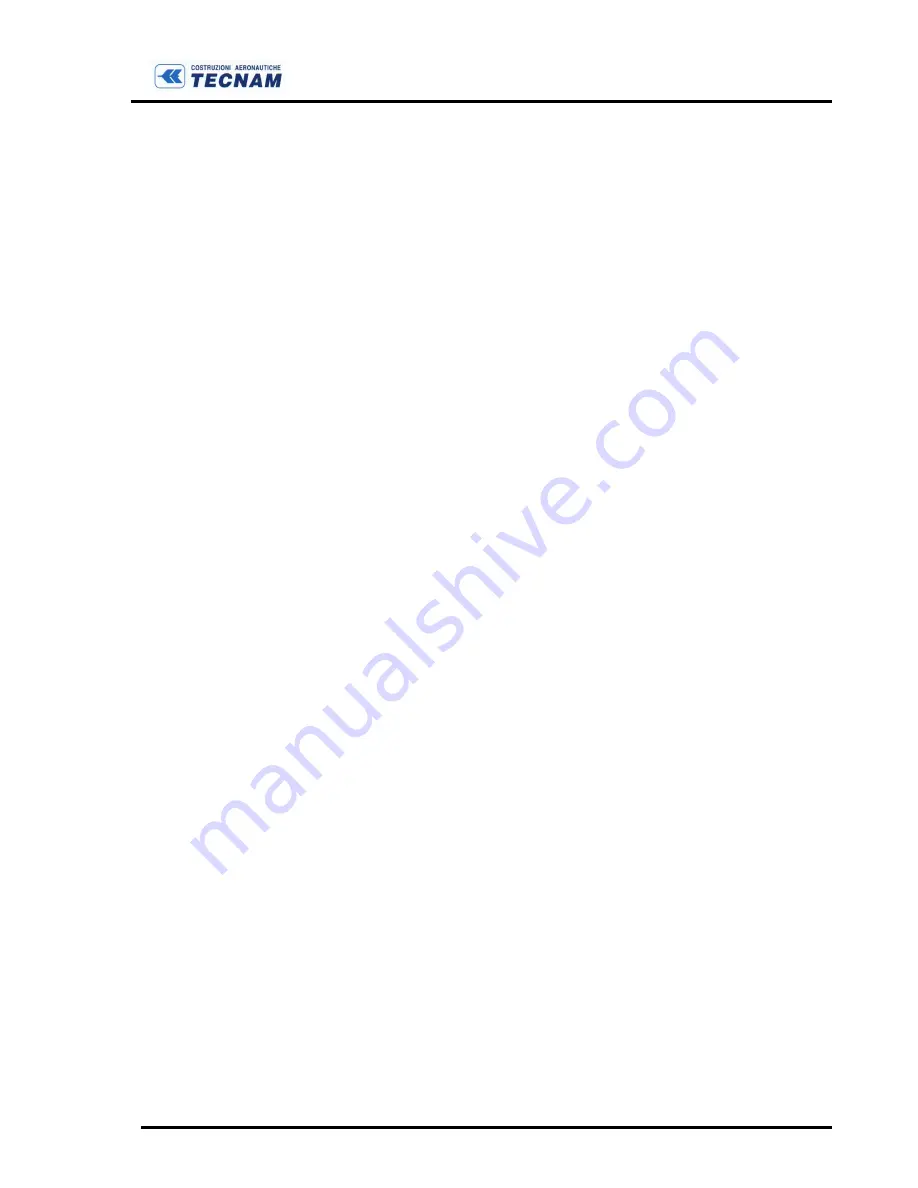
P2002 Sierra
SECTION B
M A I N T E N A N C E M A N U A L
pag.
B-2
2
st
Edition, April 22
th
, 2008
INSPECTION & SERVICING
1
GROUND HANDLING
Move the aircraft on ground by pulling on the propeller blades close to
hub. A tow bar can be attached to fittings. Aircraft can be steered using the
rudder or, for sharp turns, by lowering the tail to raise nosewheel off the
ground. In this case, owing to the favorable CG location, a gentle push on
the tailcone just ahead of empennage surfaces is all that is needed. Avoid
dragging nosewheel sideways and do not attempt to counter any movement
of the aircraft by handling it by its wing tips.
2
PARKING AND TIE-DOWN
As a general precaution for outdoor parking, it is wise to position aircraft
into the wind and to set the parking brakes or chock the wheels if chocks
are available.
In severe weather and high wind conditions, aircraft tie-down is recom-
mended. Tie ropes should be secured to the wing tie-down fittings located
under each wing. Secure opposite end of ropes to ground anchors. Nose
gear fork may be used as fixing for forward tie-down.
Aircraft control stick should be locked using safety belts to prevent possi-
ble weathervaning damage to control surfaces.
3
JACKING
For the jacking of the main landing gear, two lifting points are provided
under the two outer keelsons (see Figure B-1). The lifting point consists of
a small aluminium cylinder fastened to the outer keelsons. Below of it
could be placed either a hydraulic jack or a lifting rod. The lifting point is
realized with a
φ
11mm hole which could be used to fit a lifting rod safety
pivot. Given the light empty weight of the aircraft, lifting one of the main
wheels can be easily accomplished even without the use of hydraulic jacks.


















